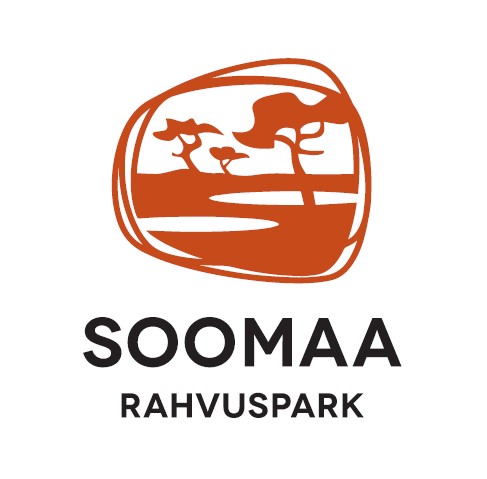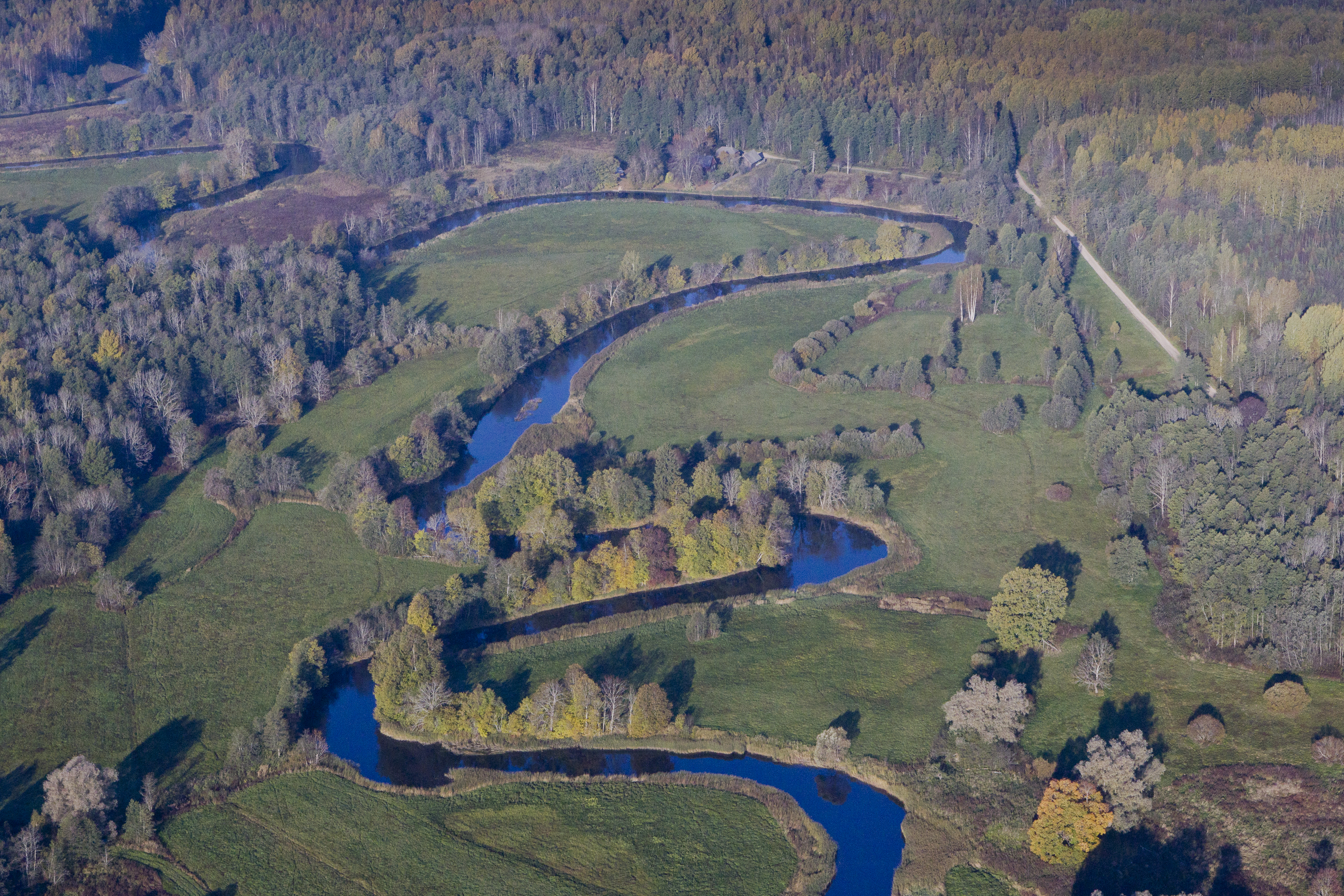
About the protected area
- The surface of the national park covers 39,844 ha and is on the territory of two counties (Viljandimaa and Pärnumaa).
- The predecessors of the Soomaa National Park are the botanical protection area of the Halliste wooded grassland set up in 1957 and the protection areas of Kikerpera, Öördi, Kuresoo and Valgeraba bogs created in 1981. The Soomaa National Park was set up in 1993.
- The name Soomaa is older than that. Professor Teodor Lippmaa mentioned Soomaa already in 1935 whose almanach "Basic features of Estonian geobotanics" divided interim Estonia into two parts - Soomaa in the south and Kõrvemaa in the north.
- The characteristic features of Soomaa are the almost annual floods that locals know as the fifth season.
- The symbol of Soomaa is log-boat, carved out of a single treetrunk that is considered the oldest watercraft in Estonia.
- The national park also has Estonia's highest inland dune, the former shore dune of the Balti ice dam lake with a relative height of 11 metres.
- Of species living in the national park one should mention wolf (Canis lupus), brown bear (Ursus arctos), lynx (Lynx lynx), lesser spotted eagle (Aquila pomarina), golden eagle (Aquila chrysaetos), Western capercaillie (Tetrao urugallos), great snipe (Gallinago media), black stork (Ciconia nigra), Turkish marsh gladiolus (Gladiolus imbricatus), shining meadow-rue (Thalictrum lucidum) and Iris sibirica.
- The Soomaa National Park is an internationally important bird area (IBA), one of the wetlands of international importance known as the Ramsar site, and a natural and bird zone in a European-wide network Natura 2000.
The manager of the Soomaa National Park is Environmental Board.

River Lemmjõgi. Photo: Mati Kose